Foxglove Winter Care: Learn About Foxglove Plant Care In Winter
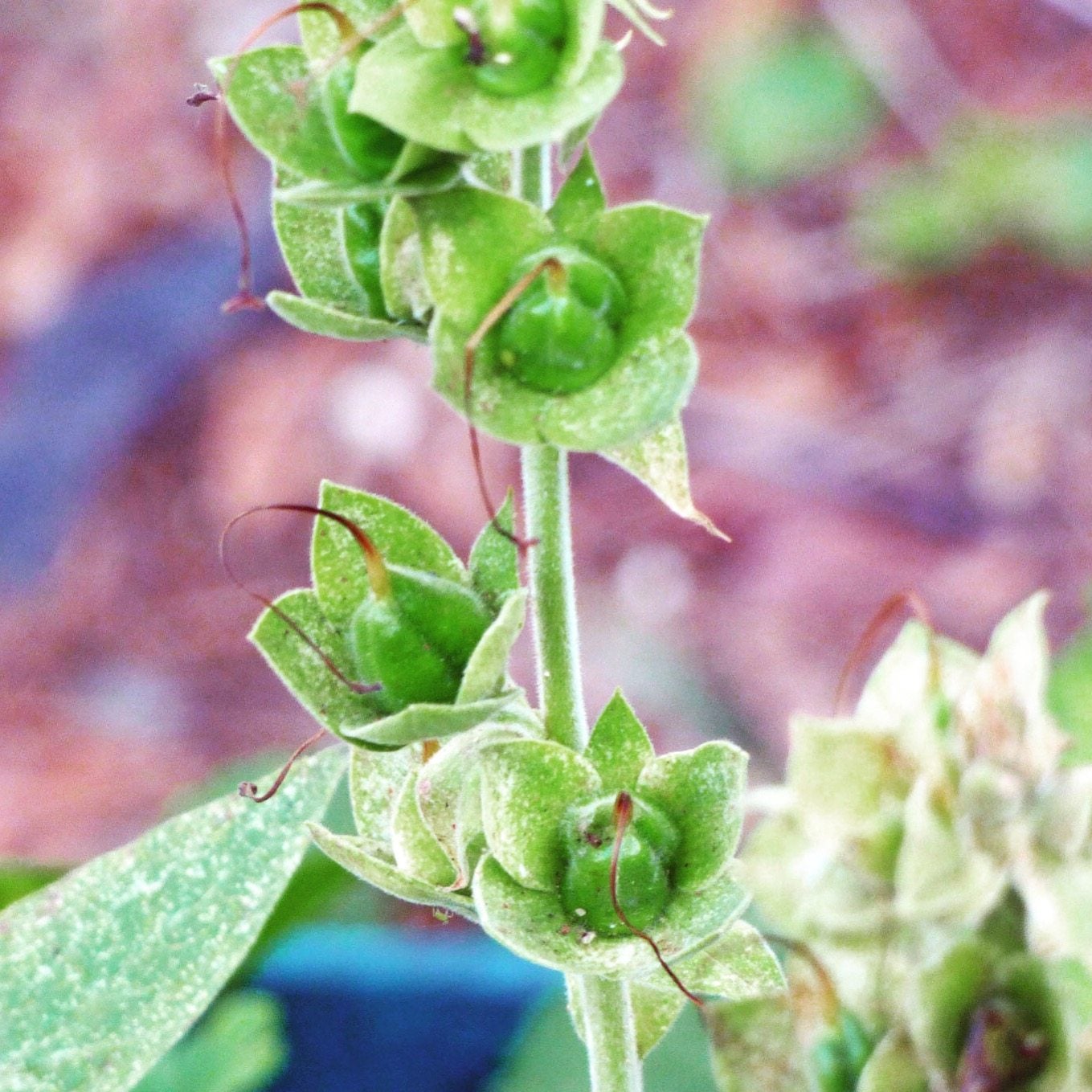

Foxglove plants are biennials or short-lived perennials. They are commonly used in cottage gardens or perennial borders. Oftentimes, because of their short life span, foxgloves are planted in succession, so that each season a set of foxglove blooms. However, not preparing them properly for winter can throw this succession planting off and leave the gardener with empty gaps in the garden. Continue reading to learn about winterizing foxglove plants.
Is Foxglove Winter Care Necessary?
Foxgloves can be a source of much frustration for the gardener. I frequently talk with customers who are upset about having lost their foxglove, wondering what they did wrong to kill it. Many times, it’s nothing that they did wrong; the foxglove plant just lived its life cycle and died. Other times, customers come to me concerned about why their foxglove grew leafy foliage but did not flower. The answer to this, too, is just the plant’s nature. Biennial foxglove usually does not bloom its first year. During its second year, it blooms beautifully, then sets seed and dies. True perennial foxglove, like Digitalis mertonensis, D. obscura, and D. parviflora may flower each year but they still only live a few short years. However, they all leave behind their seeds to carry on their beautiful legacy in the garden. Furthermore, knowing how to care for foxglove in winter can help ensure additional blooms each season. It is very important to note that foxglove is a toxic plant. Before doing anything with foxglove, be sure you are wearing gloves. While working with foxgloves, be careful not to put your gloved hands on your face or any other bare skin. After handling the plant, wash your gloves, hands, clothes, and tools. Keep foxglove out of gardens that are frequented by children or pets.
Foxglove Plant Care in Winter
Most foxglove plants are hardy in zones 4 to 8, with a few varieties hardy in zone 3. Depending on variety, they can grow 18 inches (46 cm.) to 5 feet (1.5 m.) tall. As gardeners, it is in our nature to always keep our flower beds neat and tidy. An ugly, dying plant can drive us nuts and make us want to run right out and cut it down. However, too much fall preparation and cleanup are often what causes foxglove not to survive winter. In order to have more foxglove plants the next year, the flowers need to be allowed to bloom and set seed. This means no deadheading spent flowers or you will not get seeds. Naturally, you can buy new foxglove seeds each year and treat them like an annual, but with patience and tolerance you can also save a little money and let your foxglove plants provide their own seed for future generations of foxglove plants. After the plant has set seed, it is okay to cut it back. Biennial foxglove will set seed its second year. The first year it is okay to cut the plant back when the foliage begins to die back because there is no flower or seed production. Perennial foxglove plants should also be allowed to set seed for future generations. After they produce seed, you can collect them to sow indoors in early spring or leave them to self-sow in the garden. When winterizing foxglove plants, cut first year biennials or perennial foxglove back to the ground, then cover the plant crown with a 3 to 5 inch (8-13 cm.) layer of mulch to insulate the plant through winter and help retain moisture. Unprotected foxglove plants can dry out and die from the brutally cold winds of winter. Foxglove plants that have grown throughout the garden from natural self-sowing can be gently dug up and replanted as needed if they are not exactly where you want them. Again, always wear gloves when working with these plants.
Gardening tips, videos, info and more delivered right to your inbox!
Sign up for the Gardening Know How newsletter today and receive a free copy of our e-book "How to Grow Delicious Tomatoes".
-
 Looking For Plants To Give You The Soft And Fuzzies? Try These 5 Fuzzy Leaf Plant Options
Looking For Plants To Give You The Soft And Fuzzies? Try These 5 Fuzzy Leaf Plant OptionsLovers of texture, drama, silver foliage and tactile plants will adore these special sensory garden additions. These fuzzy leaf plant options will leave you all aglow
By Susan Albert
-
 Get Ready For A Summer Of Hummers! Grow These Full Sun Hummingbird Plants and Flowers
Get Ready For A Summer Of Hummers! Grow These Full Sun Hummingbird Plants and FlowersIf you’re lucky enough to enjoy a sunny backyard, make sure you are maxing out on your pollinator opportunities and grow these full sun hummingbird plants and flowers
By Tonya Barnett
-
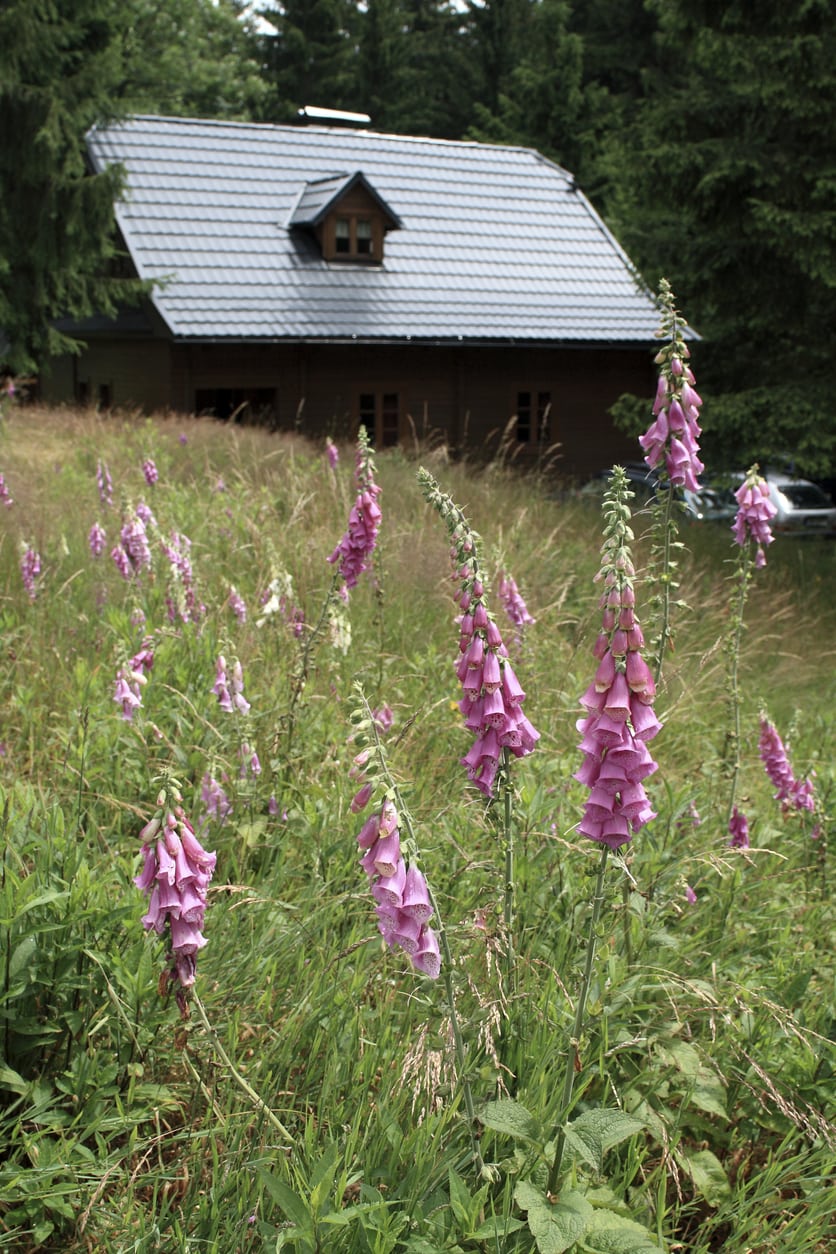 Supporting Foxglove Plants – Tips For Staking Foxgloves That Get Too Tall
Supporting Foxglove Plants – Tips For Staking Foxgloves That Get Too TallDue to the wide variation in available cultivars, many growers may be left wondering about foxglove flower support. Although dwarf varieties of foxglove are very common, others may reach heights as tall as 6 feet (2 m.). Learn more about foxglove plant support here.
By Tonya Barnett
-
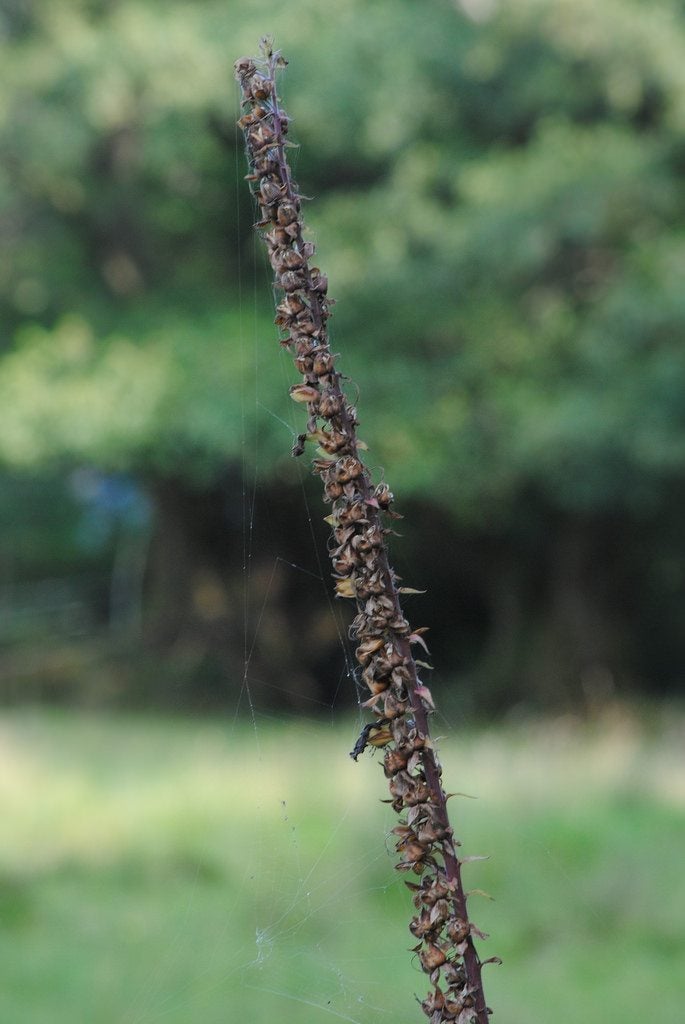 Foxglove Seed Harvesting – How To Save Foxglove Seeds For Next Season
Foxglove Seed Harvesting – How To Save Foxglove Seeds For Next SeasonFoxglove self-sows easily in the garden, but you can also save seeds from mature plants. Collecting foxglove seeds is a great way to propagate new plants for planting in other areas or for sharing with gardening family and friends. Learn more in this article.
By Mary H. Dyer
-
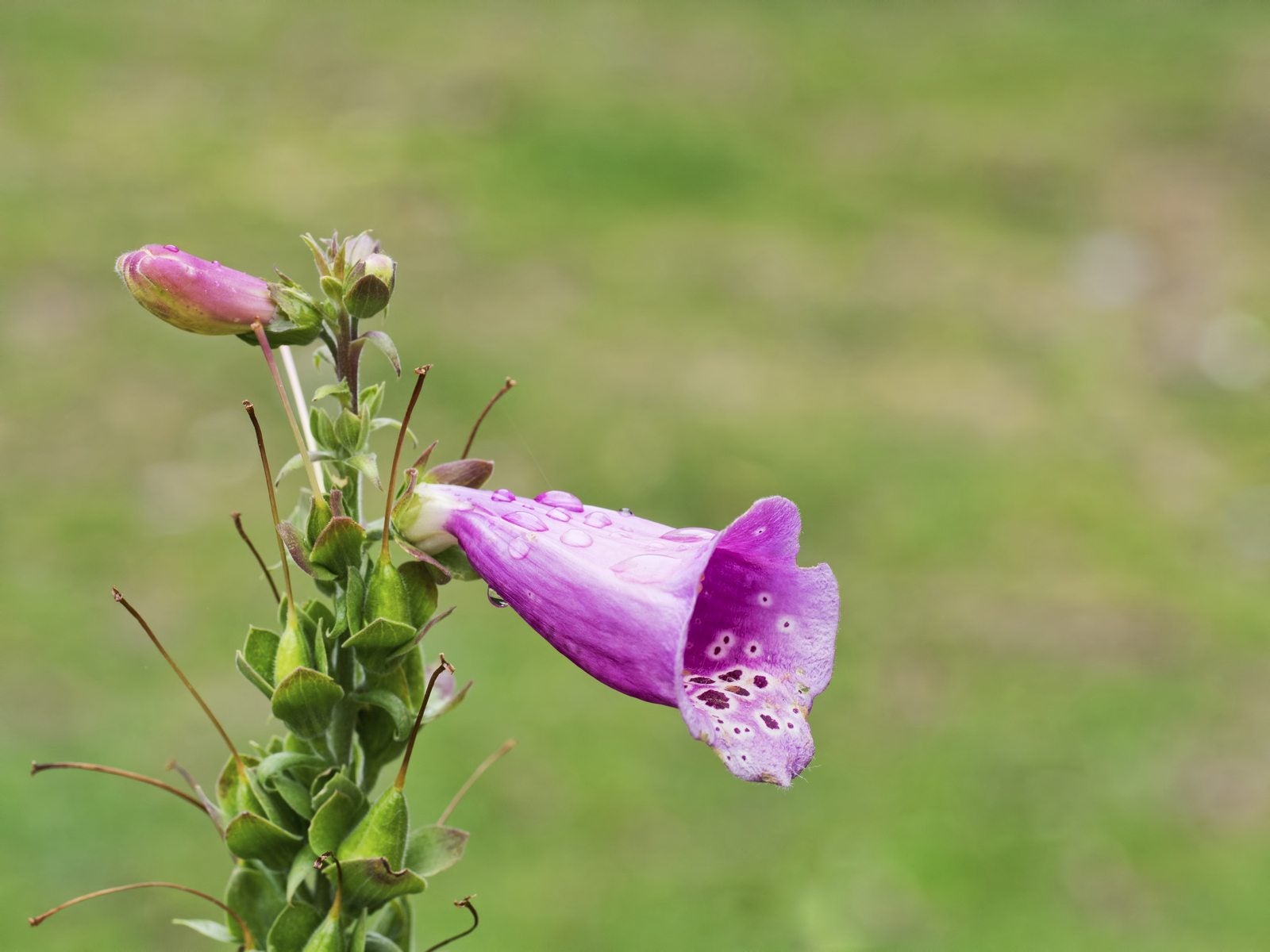 Removing Spent Foxglove Flowers – How Do I Deadhead Foxglove Plants
Removing Spent Foxglove Flowers – How Do I Deadhead Foxglove PlantsShould you deadhead foxglove? Unless you want foxglove in every corner of your garden, it is wise to deadhead these lovely blooms. Deadheading foxglove plants can minimize their spread, but it has added benefits as well. Click here for more details.
By Bonnie L. Grant
-
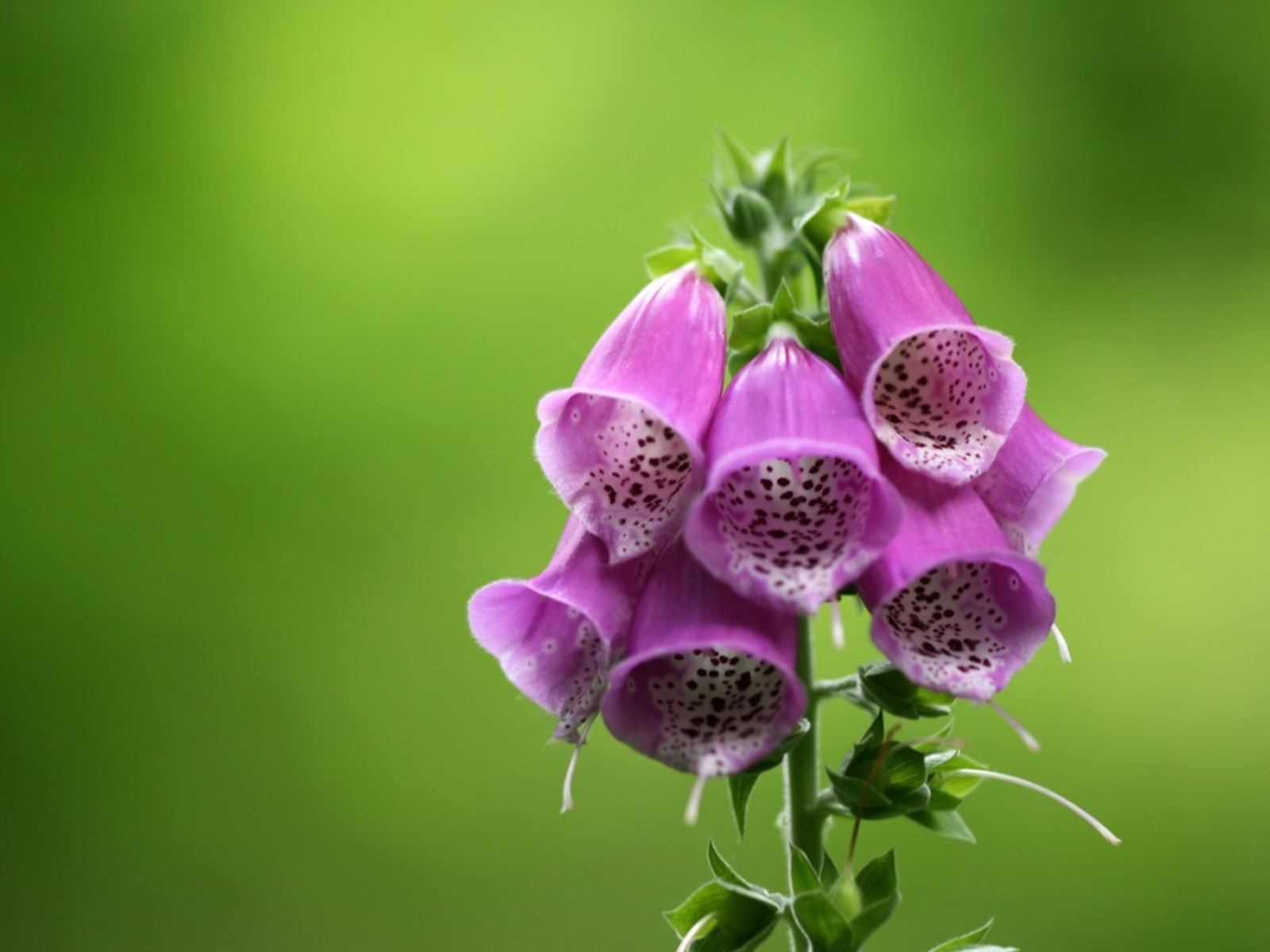 Potted Foxglove Care – Tips On Growing Foxglove In Containers
Potted Foxglove Care – Tips On Growing Foxglove In ContainersFoxgloves are big, beautiful, flowering plants that tolerate shade well. They also do very well in containers, making them perfect for adding volume and color to a shady porch or patio. Learn more about how to grow foxglove in a pot in this article.
By Liz Baessler
-
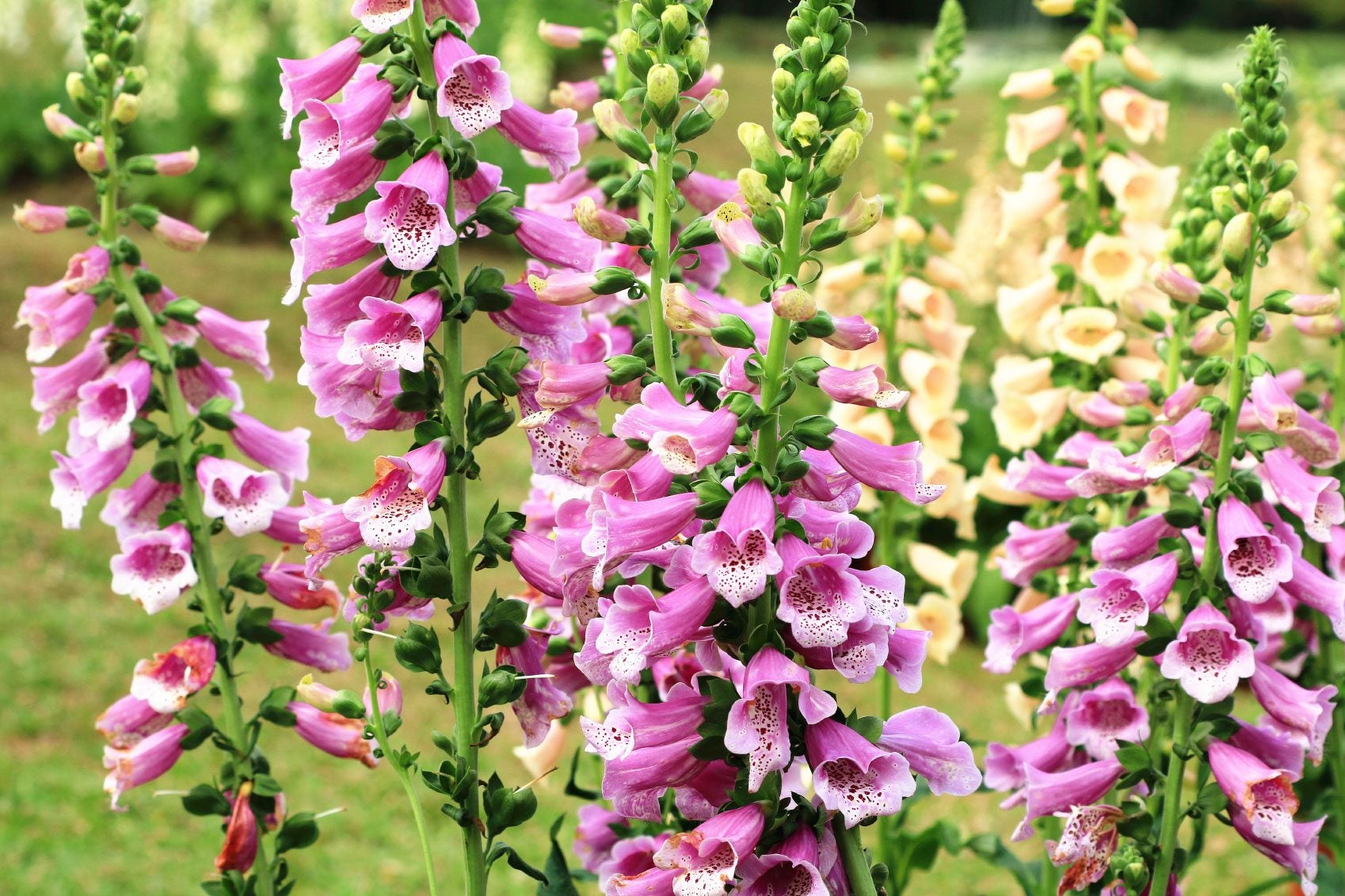 Foxglove Care Guide: How To Grow Foxglove Flowers
Foxglove Care Guide: How To Grow Foxglove FlowersThe foxglove flower, while toxic, is a beautiful stately ornamental addition to any garden and an easy-growing self-seeding plant. Just don’t ingest it or grow it where children or pets might play.
By Becca Badgett